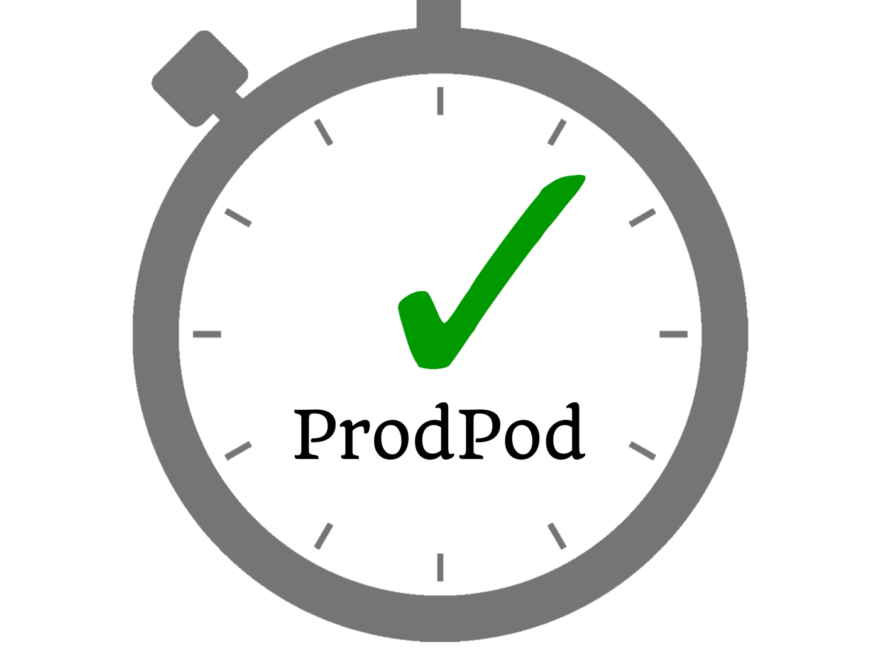Do you have a good idea of how well you manage uncertainty and make decisions? For most people, there is no well-defined strategy for overcoming indecision in their productivity systems. I think everyone should think about how to reduce distress and increase action through some basic components of good decision-making.
Identification
First, in order to make decisions you need to have a well-defined problem and/or goal. If you don’t know what the end looks like, you can’t get there. Many times, a good decision is simply borne out of knowing to address the right issue. Ask yourself, or others, as many questions to get clarity on what is the problem, issue, or goal at hand.
Ideation
Next, generate your options and filter those options. Brainstorming, mind mapping, or brainswarming can help give rise to possible outcomes and solutions. Once you have a number of ideas, then you need to identify the most justifiable plan of action. In these cases a simple pro-con list can be useful, while others may take more detailed tools such as the Pugh decision matrix.
Implementation
Finally, make a decision (or as many decisions along the way) and start acting on it. Following through with your decision is vital, otherwise you cannot learn whether or not your decisions are any good.
Decision-making is an iterative process. In The Power of Intuition, Dr. Gary Klein defines intuition as (and I’m paraphrasing here) using past experiences as pattern recognition converted into make the right decisions. The decision science research is clear, that intuition is where good decision-making develops. There are many models and tools for making good decisions–from the GOFER and DECIDE models to pro-con lists and the Pugh decision matrix–but nothing can supplant good decisions more than analysis of your own experiences over time.

